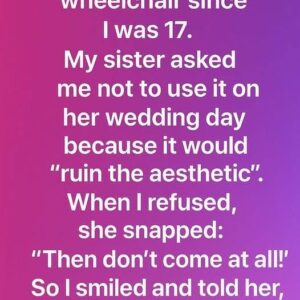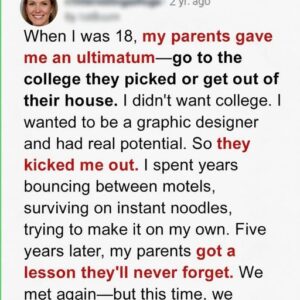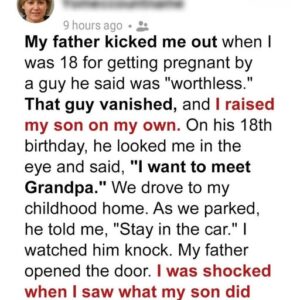Herpes zoster, better known as shingles, is a viral infection that can strike anyone but is most common among older adults or individuals with weakened immune systems. It’s caused by the varicella-zoster virus — the same virus responsible for chickenpox. While not life-threatening, shingles can be extremely painful and, if untreated, may lead to long-term nerve damage.
What Exactly Is Shingles?
After someone recovers from chickenpox, the virus doesn’t fully leave the body. Instead, it lies dormant in nerve cells, often for decades. In some people, it reactivates later in life, causing shingles. It’s not a new infection but rather the return of the same virus, this time attacking nerves and skin in a concentrated area — often the torso, chest, or face.
Why It Reactivates
Doctors aren’t always sure what triggers the virus to wake up, but several factors increase the risk:
- Aging: People over 50 are especially vulnerable.
- Stress: Physical or emotional strain weakens the immune system.
- Chronic illness or immune suppression: Conditions like HIV, cancer, or autoimmune diseases, as well as treatments like chemotherapy or long-term steroid use, can make reactivation more likely.
- Previous chickenpox infection: You can’t get shingles without first having had chickenpox, even if it was decades ago.
Although shingles itself isn’t highly contagious, it can spread the chickenpox virus to someone who has never had it, usually through direct contact with the fluid from blisters.
Recognizing the Symptoms
The first signs of shingles often mimic mild flu symptoms — but with a painful twist. Early warning signs include:
- Tingling, burning, or stabbing pain on one side of the body
- Localized skin sensitivity or itching
- Mild fever, headache, and fatigue
Within a few days, a red rash appears in the affected area, soon developing into clusters of fluid-filled blisters. These blisters eventually burst, crust over, and heal within two to four weeks. However, the pain may linger for months or even years, a complication known as postherpetic neuralgia (PHN).
Treatment Options
There’s no permanent cure for shingles, but early treatment can greatly reduce its severity and duration. Doctors typically recommend:
- Antiviral medications like acyclovir or valacyclovir, ideally started within 72 hours of symptom onset.
- Pain management using over-the-counter medications or, in severe cases, prescription painkillers or nerve pain treatments.
- Topical relief, such as soothing creams, calamine lotion, or cool compresses to ease itching and discomfort.
Prompt medical attention is critical — the earlier treatment begins, the better the recovery and the lower the risk of complications.
Preventing Shingles
The most effective preventive measure is the shingles vaccine, recommended for adults over 50 or for those with weakened immune systems. The vaccine doesn’t guarantee total protection, but it significantly reduces the likelihood of an outbreak and can lessen symptoms if shingles does occur.
Maintaining overall health also plays a role. Regular exercise, good sleep, balanced nutrition, and stress management strengthen immune defenses. Avoid scratching blisters to prevent infections and reduce scarring.
The Bottom Line
Shingles might start as what looks like a simple rash, but its effects can be long-lasting and painful if ignored. If you’ve had chickenpox and experience sudden nerve pain, tingling, or a blistering rash on one side of your body, don’t wait — see a doctor immediately.
Early diagnosis and treatment can stop shingles from escalating into something far worse. And if you’re over 50, consider the vaccine a form of self-protection — not just for your skin, but for your long-term comfort and peace of mind.





